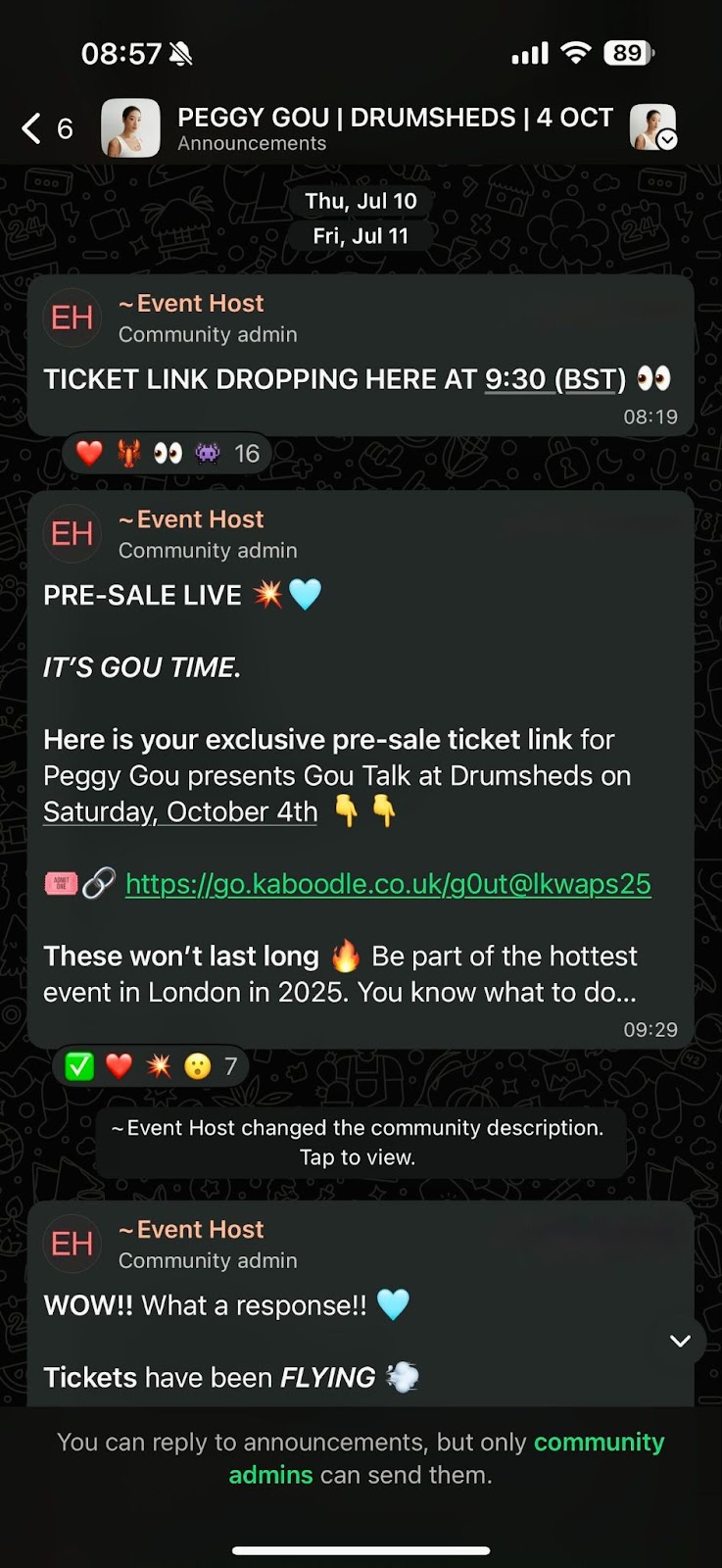
Amidst some brand marketing backlash this week, we saw how social media can be used to support charities and build communities.
US vlogger Ryan Trahan has just completed a 50-state road trip in 50 days. He aimed to raise $1 million for St. Jude Children's Research Hospital, but by the end of the challenge, his fundraising hit $11.5 million.
Ryan and his wife, Haley, stayed in unique Airbnbs in each state, documenting their journey and encouraging donations.
The 50-episode challenge daily scheduled viewing, with over 100 million cumulative views and a structured format that locked viewers in.
Audience engagement fueled donations. Donors received shout-outs or triggered stunts depending on the amount given, and brands made the most of the opportunity. Nine of the top ten donors were brands, gaining positive exposure for a fraction of traditional sponsorship costs.
The series was all about family-friendly, community-first storytelling – it was content that parents felt comfortable watching with their kids. The comments were filled with messages mentioning family routines and how checking in with Ryan’s challenge every evening built community offline as well as online.
This cultural moment is a great case study in how charity support, structure, and audience participation can drive massive impact and loyal viewership.
Brands like T-Mobile, Staple Games, Airbnb, Dollar Shave Club, and Kia supported Ryan with donations, but there is a huge opportunity for brands to embed themselves into every stage of challenges like this.
Brand opportunity:
A challenge-style series with a charity fundraising goal would be a natural fit for a brand like Whole Foods. The brand could not only supply nourishing food to support the journey, but also create opportunities for employees, creator ambassadors, and core fans to appear at key moments throughout the challenge. Experiential activations could include pop-up smoothie bars where fans meet their favorite creator while grabbing a snack, or a celebratory party event that brings together top donors and loyal fans.
England’s women’s football team, The Lionesses, brought home the trophy at the UEFA European Women's Championship this past weekend. Not only was this a colossal win for women in sport, but it was a monumental moment for brands to show their support with reactive campaigns.
Royal Mail kept it simple with a brown paper-wrapped football, a stamp, and the address: “Home again.” It was a clever nod to the phrase “football’s coming home,” celebrating the return of the champion title to the country where the game originated.
Nike made a huge impact with a social video that combined the word “HOME” with the classic Nike swoosh painted on a wall. Paint was used to turn the H into the numeral II to signify the fact that the Lionesses had won the championship for the second time.
Fans of the team have been expressing their joy with a fun TikTok trend recreating the hop that player Chloe Kelly did when she took the winning penalty at the Euros.
Of course, the brands that have become known for their TikTok EGC are making the most of the cultural moment, with the likes of Waitrose, Specsavers, and TALA hopping onto the feed.
Brand opportunity:
Following the win, the Lionesses have become some of the most influential and in-demand talent on the planet, presenting the perfect opportunity for brands to embark on ambassadorships with the players. Lioness Alessia Russo is already the ambassador for the Adobe Women's FA Cup, so the EURO final was a chance to amp up the content around the partnership.
Creator @nancebaker_ posted a Reel showing that to support Alessia and the girls this summer, she made and printed signs on Adobe Express and handed them out to fans at the game.
This major sporting moment could be a great time for a wellness brand like Therabody to break into the UK market by securing Lioness captain Leah Williamson as an ambassador for their products that aid post-sport recovery.
Is there anything cooler than being in a group chat with your favorite celebrity or influencer?
Last week, Peggy Gou fans had a taste of the good life as they huddled in a WhatsApp Community group, counting down to the musician's single link drop.

Fine, Peggy Gou may not have been hosting the conversation herself, but fans still felt special and connected to their favorite artist. This is a stellar example of meeting your audience where they are for maximum engagement. Gen Z party people aren’t religiously checking their emails, but they’re always messaging back and forth with friends on WhatsApp and Instagram DMs, so an exclusive community group like this makes young audiences feel seen.
Brand opportunity:
Almost any brand could see success engaging with their communities in group chats. For example, clothing and underwear brand Lounge recently hosted a pop-up in London with popular influencer duo Sophia and Cinzia. The brand and influencers announced the event just 24 hours before it started on their Instagram stories, yet they could have used an Instagram broadcast channel or a community WhatsApp group to inform a select group of loyal fans, or provide them with a unique code to claim an exclusive gift at the pop-up.
Want to receive the latest social trends in your inbox weekly? Sign up here to get the bulletin.